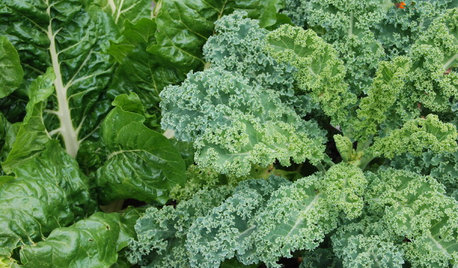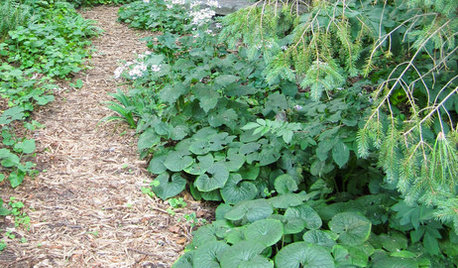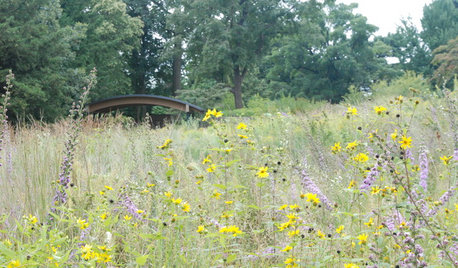Hardy Gingers Book?
raregingers
19 years ago
Related Stories

LANDSCAPE DESIGNGreat Design Plant: Retreat to the Shade of Hardy Catalpa
Big foliage and a towering height provide a shady respite in summer, but that's not all hardy catalpa offers dedicated gardeners
Full Story
GARDENING GUIDES10 Cold-Hardy Succulents for Cool-Season Interest
These attractive plants shrug off colder temperatures, and many can be brought inside in containers in extra-chilly climates
Full Story
FALL GARDENINGFrost-Hardy Foliage That Loves a Cold-Climate Garden
When winter cuts a bleak swath through other plants, these edibles and perennials flourish brilliantly
Full Story
KIDS’ SPACESInspiring Book Nooks Welcome Young Readers
Encourage a lifelong love of reading with inviting and cozy places where kids can burrow into books
Full Story
FEEL-GOOD HOME15 Cozy Book Nooks and What They Want You to Read
Put the beach reads away; these comfy spaces are creating a fall reading list. What books do they suggest to you?
Full Story
TASTEMAKERSBook to Know: Design Advice in Greg Natale’s ‘The Tailored Interior’
The interior designer shares the 9 steps he uses to create cohesive, pleasing rooms
Full Story
GROUND COVERSAsarum Canadense Adds Masses of Green to Woodland Gardens
Plant Canadian wild ginger in the eastern U.S. for a shade-loving native ground cover with spring flowers
Full Story
GARDENING GUIDESHow to Find the Right Plants for Your Garden
Break free from choosing plants by cold-hardiness zones for a beautiful landscape that thrives year-round
Full Story
HOUZZ TOURSHouzz Tour: A House as Individual as Its Owner
Architects create a home like no other for a collector who’s passionate about books, art, literature, science and design
Full Story
HOUZZ TOURSMy Houzz: Fresh Color and a Smart Layout for a New York Apartment
A flowing floor plan, roomy sofa and book nook-guest room make this designer’s Hell’s Kitchen home an ideal place to entertain
Full StorySponsored






cactusfreak
raregingersOriginal Author
Related Professionals
Simi Valley Landscape Architects & Landscape Designers · Battle Ground Landscape Contractors · Deerfield Landscape Contractors · East Chicago Landscape Contractors · Firestone Landscape Contractors · Fort Wayne Landscape Contractors · Long Branch Landscape Contractors · Lyndhurst Landscape Contractors · Mahwah Landscape Contractors · Pacifica Landscape Contractors · Pleasant Hill Landscape Contractors · San Bruno Landscape Contractors · South Lake Tahoe Landscape Contractors · Waldorf Landscape Contractors · Wickliffe Landscape ContractorsMantisia
TimChapman
TimChapman
Mantisia
birdinthepalm
Mantisia
birdinthepalm
Mantisia
Hedychiums
Mantisia